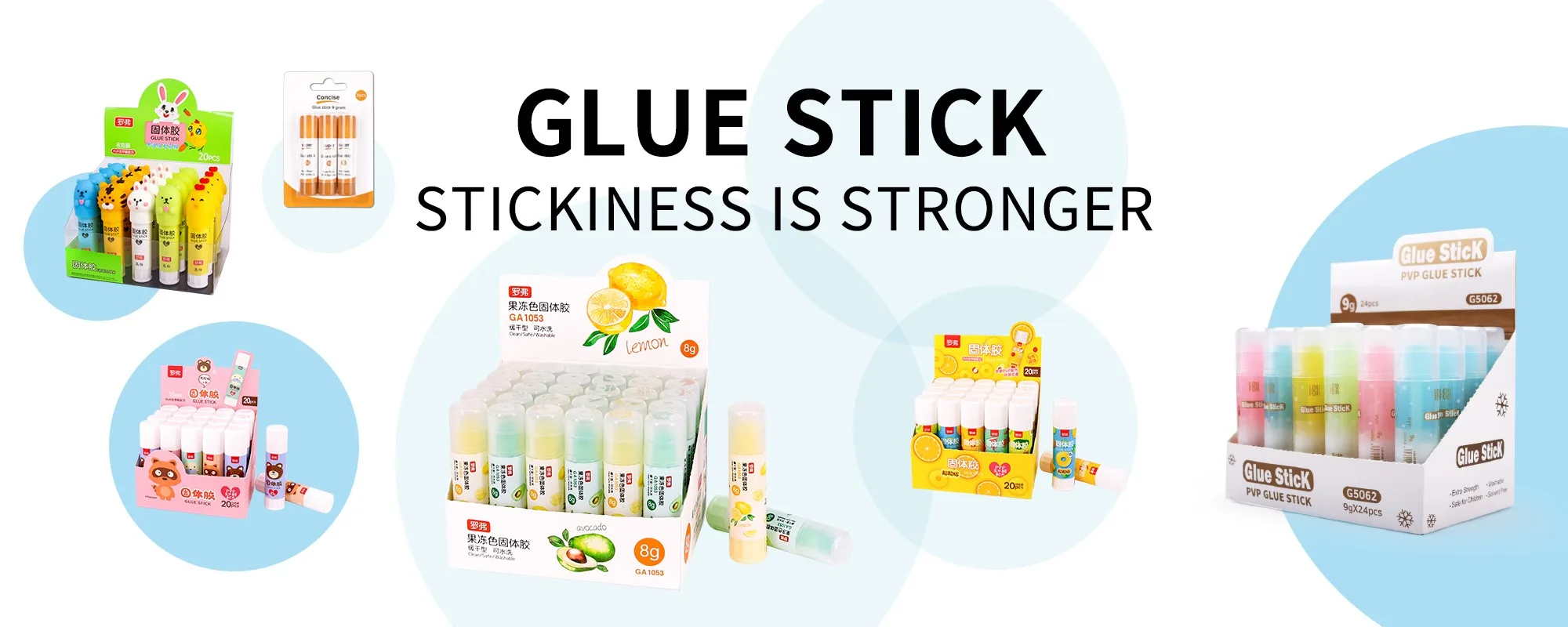Overview of Magic Modeling Clay Exporters
Magic modeling clay is a versatile and popular product used in various creative applications, ranging from educational purposes to professional arts and crafts. Exporters of this unique material play a crucial role in ensuring that artists, educators, and hobbyists around the globe have access to quality modeling clay. The demand for magic modeling clay has surged, leading to a vibrant market filled with numerous exporters striving to meet consumer needs.
These exporters often source their products from manufacturers who specialize in high-quality materials. They ensure that the clay is non-toxic, easy to mold, and available in a range of colors. By maintaining strong relationships with manufacturers, exporters can provide consistent quality and innovative products, catering to the evolving preferences of their customers worldwide.
Key Markets for Magic Modeling Clay
The key markets for magic modeling clay include North America, Europe, and Asia-Pacific. In North America, there is a growing trend among parents and educators to incorporate hands-on activities into learning, which has boosted the demand for modeling clay. Many schools and art programs utilize these materials for artistic expression and fine motor skill development, making the region a significant focus for exporters.
| Nr. | Name |
| 1 | non-toxic Slime China Best Factories |
| 2 | Child-safe non-toxic light weight clay Factories |
| 3 | diy air hardening modelling clay cheap price |
| 4 | 24 colors super light clay Best Chinese Factories |
In Europe, the market is characterized by a diverse range of consumers, including professional artists and craft enthusiasts. Exporters target this demographic by offering premium products that cater to high-end art practices. Additionally, sustainability has become a driving factor in Europe, prompting exporters to emphasize eco-friendly options in their offerings.

Challenges Faced by Exporters
Despite the booming market, magic modeling clay exporters encounter several challenges. One of the primary issues is competition from local manufacturers who may offer lower prices. Exporters need to differentiate themselves by highlighting the quality of their products and the unique features that set them apart from cheaper alternatives.
Furthermore, logistics and shipping issues can pose significant hurdles. Ensuring timely delivery while managing costs is essential for maintaining customer satisfaction. Exporters often have to navigate complex international regulations and tariffs, which can impact pricing and lead times. Staying informed about these changes is crucial for successful operations in the global marketplace.
